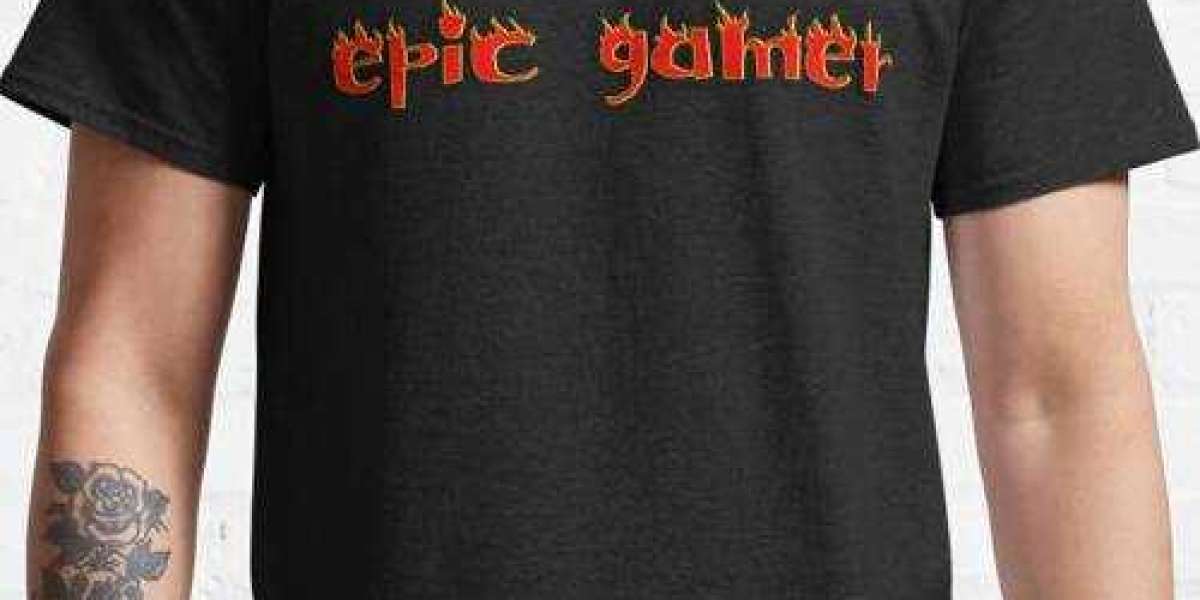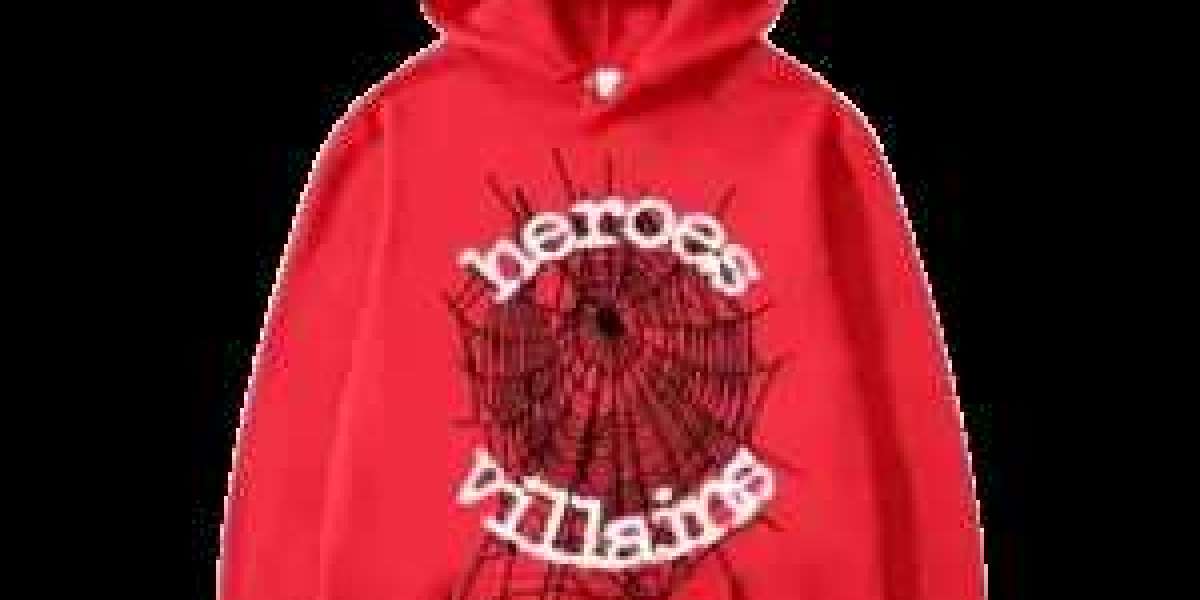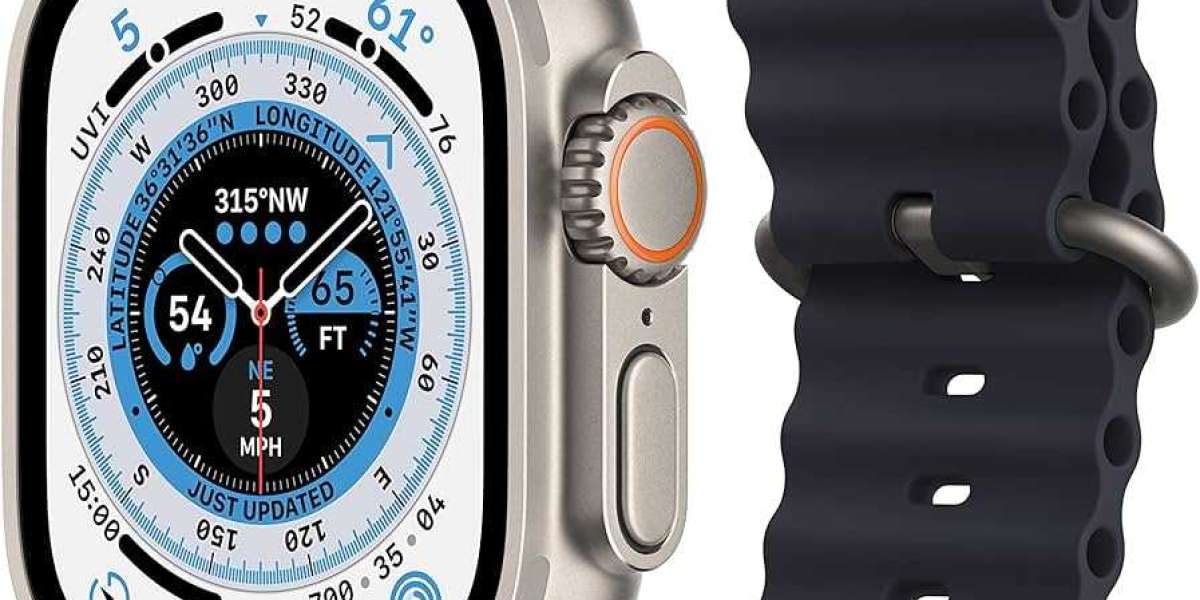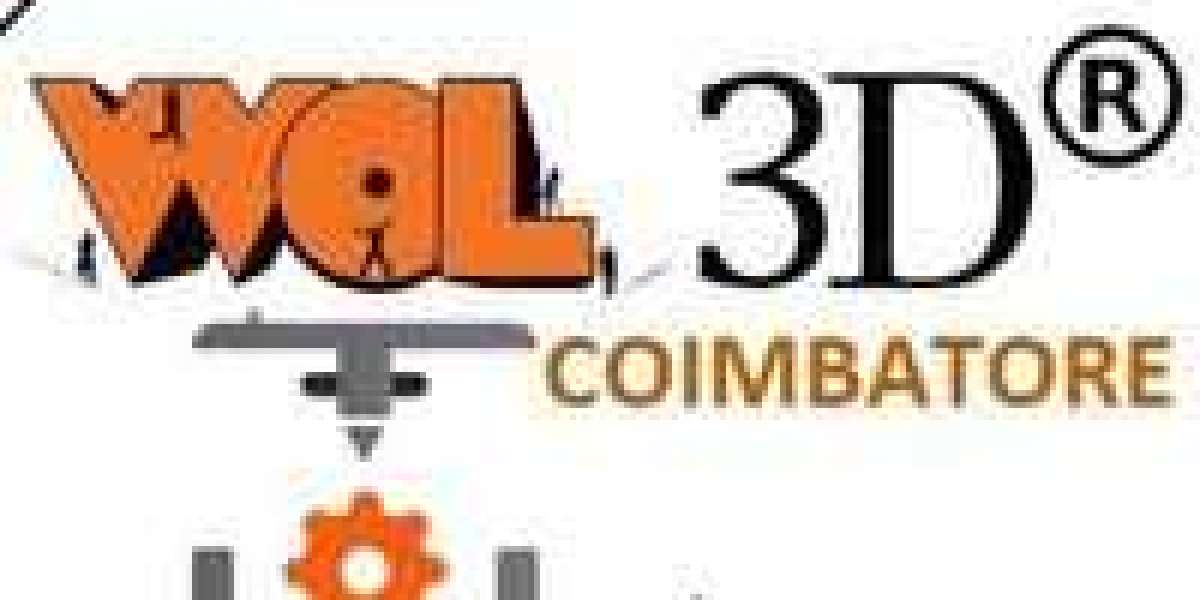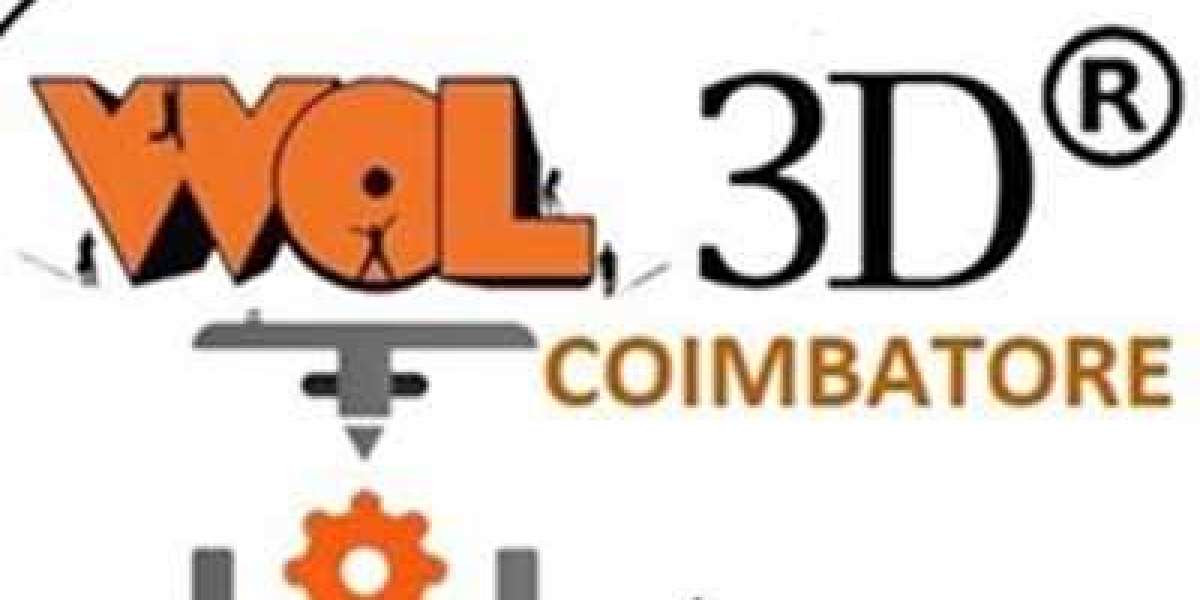Lately, ecommerce has seen a huge surge, transforming how consumers shop and engage with brands. According to stats, global ecommerce sales are projected to top $6 trillion by 2024, showing the growing reliance on online shopping. In this massive landscape, print-on-demand (POD) has emerged as a major player, especially for custom apparel like t-shirts. The POD model allows businesses to offer unique designs without inventory burdens, making it super attractive for entrepreneurs and consumers. Let's explore the pivotal role ecommerce plays in driving demand for POD tees by looking at the advantages of online shopping, marketing opportunities, and financial benefits.
The Advantages of E-Commerce for POD T-Shirt Sales
Accessibility and Convenience
One of the biggest perks of ecommerce is accessibility. Today's consumers want a smooth shopping experience, and ecommerce delivers. Unlike physical stores with fixed hours and locations, online stores are open 24/7. This round-the-clock availability lets customers shop whenever - early morning or late night.
http://sngine.wenyifan.cc/blogs/417/The-Future-of-Fashion-The-Growth-of-POD-T-Shirts
http://stotep.com/read-blog/1392
https://acmilanfansclub.com/read-blog/1230
https://www.musical-kirche.de/read-blog/16075
https://afrocinema.org/read-blog/2557

Moreover, ecommerce opens up global markets for both sellers and buyers. A small POD tee brand in one country can reach customers worldwide, breaking geographical barriers that once limited sales. This global reach significantly expands the potential customer base and demand for unique designs.
Additionally, the customization of POD caters to the growing desire for personalized products. Shoppers can select colors, styles, and even upload their own designs for a more engaging experience. This personalization enhances satisfaction and drives sales as people are more likely to buy items reflecting their tastes.
Marketing and Branding
Ecommerce also provides tons of marketing and branding opportunities that really benefit POD sellers. Today, social platforms like Instagram, Facebook, and TikTok are powerful marketing tools. These let brands showcase unique tee designs, engage with audiences, and build loyal customers.
Influencer marketing has become a key strategy here. Partnering with relevant influencers helps POD brands reach wider audiences and build credibility. Influencers can flaunt the tees in real life, making them more relatable and desirable to followers. This authentic marketing can significantly increase visibility and demand.
SEO is also crucial for ecommerce success. Optimizing websites for search helps POD brands get found online. Using relevant keywords related to tees, custom designs, and niches attracts organic traffic. This strategic approach can lead to higher conversion rates as more potential customers discover the brand.
Targeted advertising is another effective ecommerce tool. Platforms like Google and Facebook Ads enable targeting specific demographics based on interests, location, and behavior. This ensures marketing reaches potential customers most likely to buy POD tees, increasing efficiency.
Check Here:
https://www.coolerads.com/consumers/profile/241944
https://www.corpusfishing.com/messageboard/phpBB2/viewtopic.php?t=40596
https://www.couchcms.com/forum/viewtopic.php?f=2t=13510
https://www.cowcow.com/user/dominicelliott-3187175/profile
https://www.crowdlending.es/usuarios/dominicelliott/
https://www.culturaldaily.com/author/dannycantley/
https://www.dcleaguers.it/forum/index.php?topic=30760.0
https://www.divephotoguide.com/user/dominicelliott
https://www.eateamworks.com/forums/users/dannycantley/
https://www.enggpro.com/company/Dominicelliott
Reduced Risk
The financial implications of ecommerce and POD are also notable. Traditionally, retail means investing heavily in inventory upfront, which is super risky if products don't sell. In contrast, POD eliminates this need. Brands only produce tees on-order, reducing unsold inventory risk significantly.
This allows testing various designs without fear of losing money. If a tee resonates, it can be promoted more; if not, the business can easily shift to new designs without leftover stock burden. This flexibility is key in a rapidly changing market where consumer preferences shift quickly.

Additionally, the scalability of POD is a big ecommerce advantage. As demand for designs grows, brands can easily increase production without manufacturing complexities. This ability to scale efficiently allows capitalizing on trends and responding swiftly to demands, boosting sales and profits.
Conclusion
In short, ecommerce plays a vital role in increasing demand for print-on-demand tees. The perks of accessibility, convenience, and innovative marketing position POD tees well in the competitive online retail space. Additionally, the reduced inventory risk and financial flexibility empower entrepreneurs to explore creatively without traditional brick-and-mortar constraints.
As ecommerce evolves, so will the opportunities for POD businesses. With advancing tech like AI and printing methods, the potential for growth is huge. The retail future is definitely leaning towards more personalized, on-demand solutions, and POD tees exemplify this trend. As consumers increasingly want unique, custom products, ecommerce will remain a demand driver, solidifying POD tees' significance in the digital marketplace.
The crossover of ecommerce and POD reshapes shopping and opens new avenues for creativity and entrepreneurship, reflecting dynamic modern retail. In this evolving landscape, those who adapt and innovate will thrive, making ecommerce a powerful catalyst for the POD tee future.
